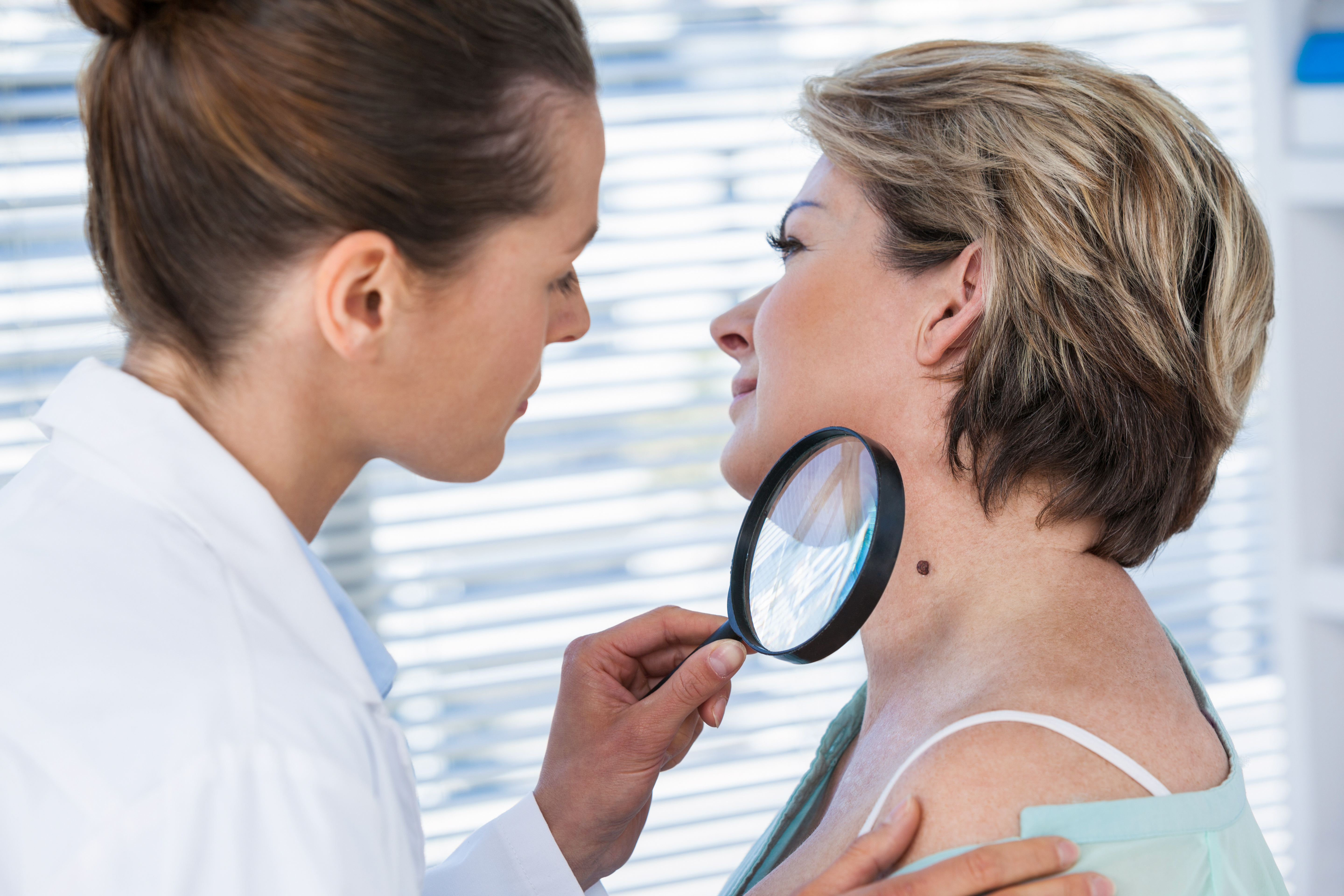
A study published in JAMA Dermatology observed a discrepancy in the trend of nationwide melanoma rates: while the disease is slowing down among younger patients, it’s increasing among older ones.
“Melanoma is the fifth most common cause of cancer overall in the United States and is the most prominent factor in skin cancer death, with more than 9000 deaths per year,” the researchers noted. “Although progress has been made in the treatment of regionally advanced and metastatic melanoma, there remains an important role for primary prevention.” Public health efforts, including increased awareness of the dangers of UV light exposure through sunlight and tanning beds, have been employed, but the effectiveness of these interventions is unclear.
To determine whether any age-related discrepancies do exist, the study authors queried the combined National Program of Cancer Registries–Surveillance Epidemiology and End Results United States Cancer Statistics database for data spanning 2001–2015. The analysis included deidentified data for 988,103 invasive melanoma cases, identified per International Classification of Diseases for Oncology histologic categorization codes 8720 to 8790. The primary outcome measure was the annual rates of disease in pediatric, adolescent, young adult, and adult age groups. The weighted least squares technique was used to determine the annual percentage change (APC) in the incidence rate of melanoma during the 2006–2015 time period, the most recent timeframe for which data were available.
For the year 2015, a total of 83,362 cases of invasive melanoma were reported in the U.S., of which 67 were in children aged <10 years, 251 in adolescents aged 10–19 years, and 1,973 in young adults aged 20–29 years. The overall incidence rate from 2006 to 2015 increased from 200.1 cases per million person-years to 229.1 cases per million person-years. Among adults aged ≥40 years, rates for both men and women increased by an APC of 1.8% (95% CI 1.4%–2.1% and 1.4%–2.2%, respectively). Among younger age groups, though, incidence rates significantly declined: male adolescents, APC –4.4% (95% CI, −1.7% to −7.0%); female adolescents, −5.4%(95% CI, −3.3% to −7.4%); male young adults, −3.7%(95% CI, −2.5% to −4.8%); and female young adults, −3.6% (95% CI, −2.8% to −4.5%). There were not available data pertaining to skin pigmentation or sun protection history. Melanoma risk was twofold among young adult women compared to young adult men.
“The incidence of invasive melanoma in the United States appeared to decrease in adolescents and young adults from 2006 to 2015, and this finding contrasted with increases in older populations,” concluded the researchers. “These incidence trends suggest that public health efforts may be favorably influencing melanoma incidence in the United States.”

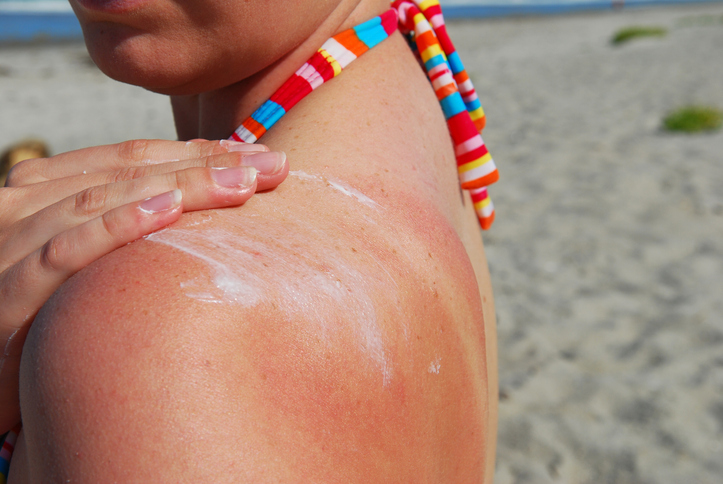
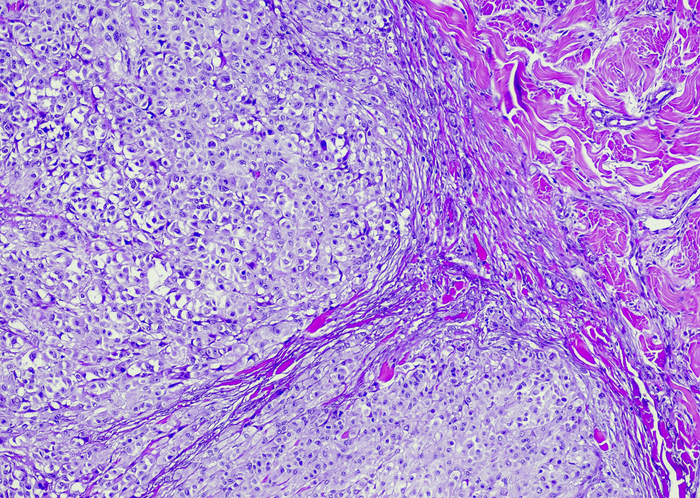
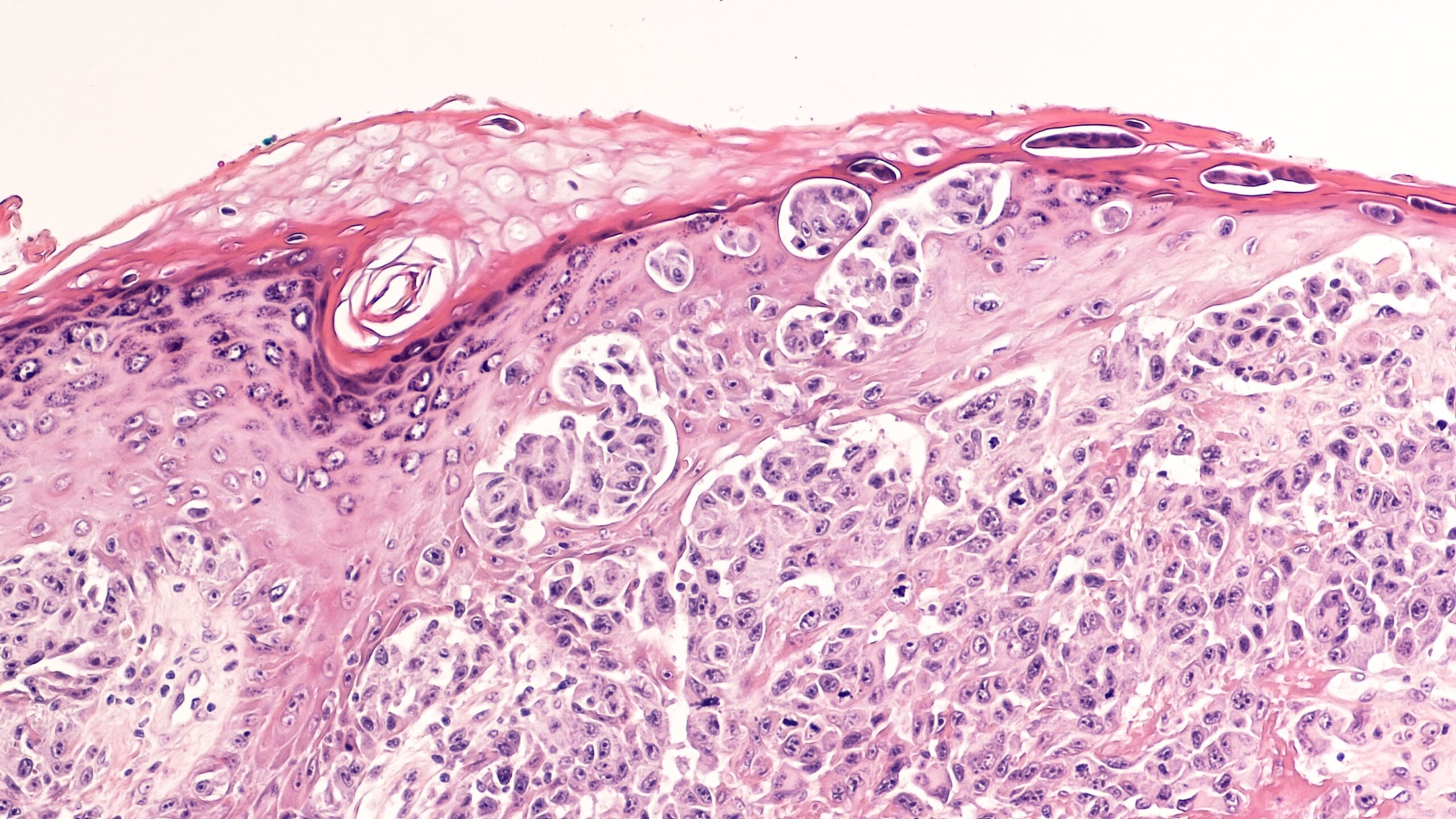
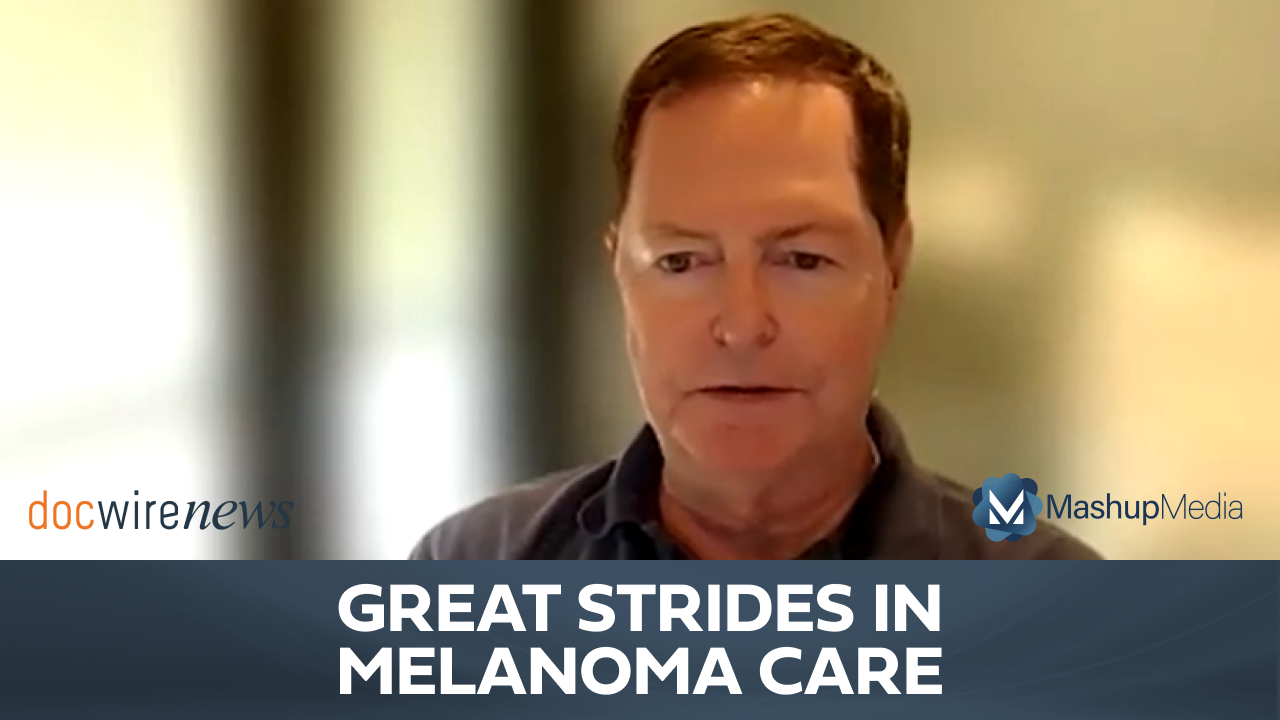


 © 2025 Mashup Media, LLC, a Formedics Property. All Rights Reserved.
© 2025 Mashup Media, LLC, a Formedics Property. All Rights Reserved.